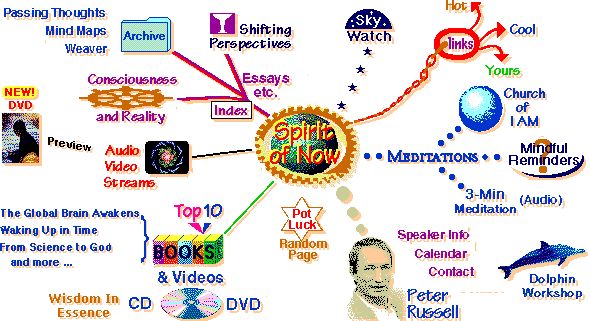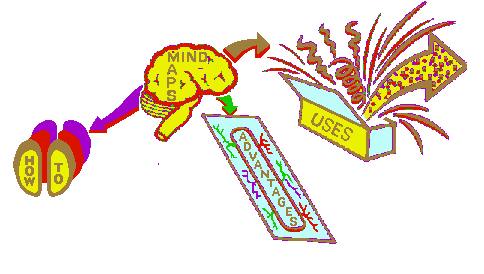Passing Thoughs - Peter Russel
http://www.peterussell.com/PT.html
Passing Thoughts
Some years ago I put together a collection of essays and aphorisms I had written and presented it to my publisher. Her response was "collections aren't selling these days, go away and write a proper book".
I, however, had just discovered the MacPlus and Pagemaker (2.0), and realized I didn't need a publisher to tell me what I might or might not write. So I put together a collection of my favorites, and one night laid them out in a small booklet. A printer friend ran off 1,000 copies for me, and over the next few years I gave them away to friends, and to others I met 'on the road'.
Here is a selection from the original book, plus various others that have passed through me. Others will be added as time goes on.
Passing Thoughts
How to be a Wizard
Love
Blind Love
If Peace of Mind is your Goal
New Age Religion
Now
The Essence of Consciousness
My age in Days
Letting Go of Nothing
Why I? - or does God speak English?
Do Not Believe
Ice? - Just Say "No"
The Great Awakening
Last Eclipse of the Millennium
12 Steps in 4
Prayer for Peace
The following are a selection of articles I wrote for the "New Consciousness" column of THE WEAVER -- a web magazine devoted to spirituality and healing.
A Crisis of Consciousness
What is Spirituality?
Science and Spirituality
The Evolving Global Brain
The Nature of Consciousness
Are All Creatures Conscious?
Language and Consciousness
Dolphin School



